Subtotal: $45.00
NY 2 – How To Calculate Realized & Implied Volatility and Why it’s Important by Christopher Quill
$32.00
Product Include:
File size:
NY 2 – How To Calculate Realized & Implied Volatility and Why it’s Important by Christopher Quill
**More information:
Get NY 2 – How To Calculate Realized & Implied Volatility and Why it’s Important by Christopher Quill at Salaedu.com
Description
After being part of the team at Ruffer Asset Management in London that generated the number one Japanese Equity Fund Returns Globally, Christopher Quill joined the Institute as head of Statistics and Research. Known by his colleagues and Traders at the Institute as “Mr Excel,” Chris’ expertise lies in managing Big Data and building then breaking down complex Statistical Models and Spreadsheets that simplify processes so that anyone can understand and use his resources.
In this Seminar Chris complements the presentation of Raj Malhotra (Pricing Options Like a Market Maker) by going into the detail of how to mechanically calculate Volatility for yourself using the downloadable Spreadsheet and PDF guide that accompanies his Seminar. When looking to express Trade Ideas or Positions using Options, firstly investors and traders need to know if the Options prices they receive on Brokerage Platforms and therefore the price of Volatility are a fair and accurate reflection of reality. By knowing this, they are less likely to get “ripped off” by an Options Market Maker. Secondly, understanding how to price Options for themselves and therefore price Volatility helps investors and traders get an edge over the Market Markers (Brokerage Platforms) by realising when mispricing’s of Options occur so they can take advantage of them.
This seminar is especially useful for Retail Traders in both the U.S. and Canada where Retail Brokerage platforms are most frequently used to express Trade Ideas and Positions using Options. 80% of Retail Traders lose money on these platforms because they do not understand How To Calculate Realized & Implied Volatility and Why it’s Important Until NOW!
So what is trading?
Trade involves the transfer of goods or services from one person or entity to another, often in exchange for money.
Economists refer to a system or network that allows trade as a market.
An early form of trade, barter, saw the direct exchange of goods and services for other goods and services.
Barter involves trading things without the use of money. When either bartering party started to involve precious metals,
these gained symbolic as well as practical importance.[citation needed] Modern traders generally negotiate through a medium of exchange,
such as money. As a result, buying can be separated from selling, or earning. The invention of money (and later of credit,
paper money and non-physical money) greatly simplified and promoted trade.
Trade between two traders is called bilateral trade, while trade involving more than two traders is called multilateral trade.
1 review for NY 2 – How To Calculate Realized & Implied Volatility and Why it’s Important by Christopher Quill
Add a review Cancel reply
Related products
Forex - Trading & Investment
Forex - Trading & Investment
Ed Watanabe – Compound Stock Earnings Advanced Charting (Video 1.19 GB)
Forex - Trading & Investment
Stock - Bond trading
Forex - Trading & Investment
Forex - Trading & Investment
Alphashark – Learn a Better Way to Trade Stocks and Increase Your Returns Using Options

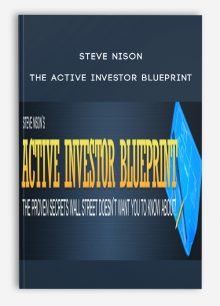 Steve Nison - The Active Investor Blueprint
Steve Nison - The Active Investor Blueprint 
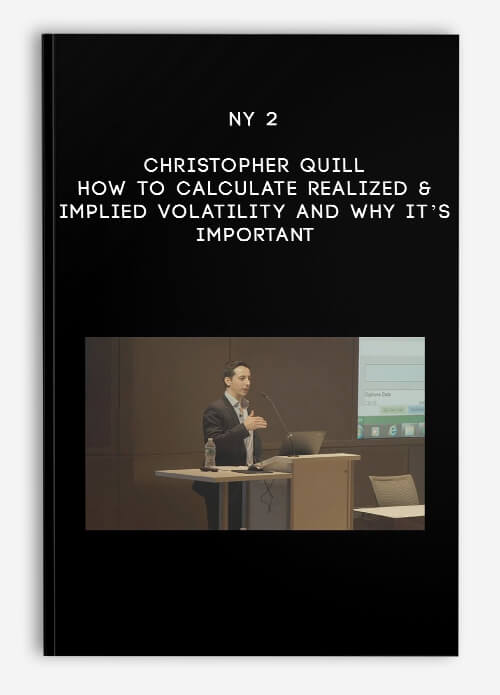
![Investors Business Daily Jan~June 2015 - [ePaper (PDF)]](https://salaedu.info/wp-content/uploads/2016/11/Investors-Business-Daily-JanJune-2015-220x280.jpg)
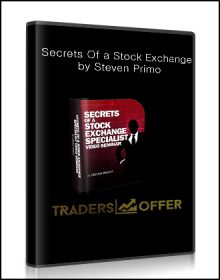
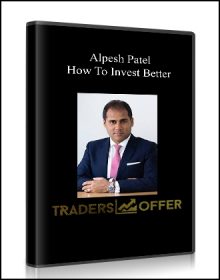

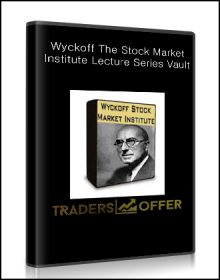
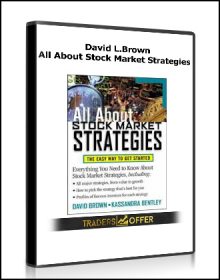
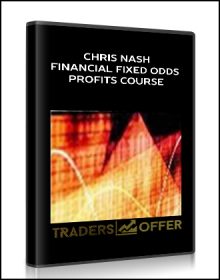
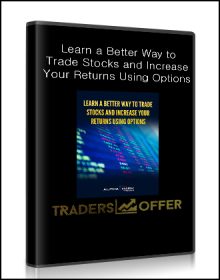
king –
We encourage you to check Content Proof carefully before paying.“Excepted” these contents: “Online coaching, Software, Facebook group, Skype and Email support from Author.”If you have enough money and feel good. We encourage you to buy this product from the original Author to get full other “Excepted” contents from them.Thank you!